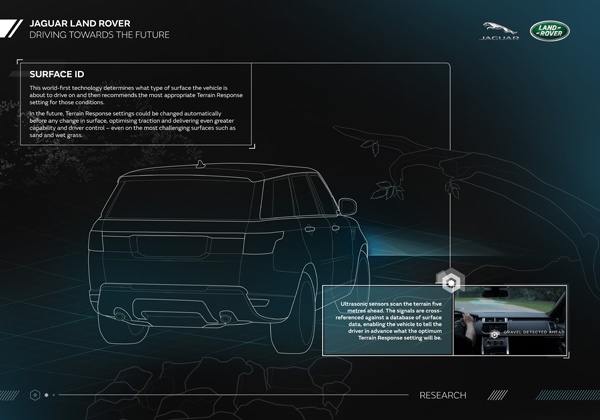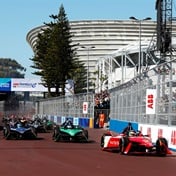
Pretoria - Jaguar Land Rover (JLR) is showing research technologies that would allow a future autonomous car to drive itself over any surface or terrain.
The multi-million pound project called 'Autonomous all-terrain' aims to make the self-driving car viable in the widest range of real life, on- and off-road driving environments and weather conditions.
No limit on autonomous driving
Tony Harper, head of research at JLR, said: "Our all-terrain autonomy research isn’t just about the car driving itself on a motorway or in extreme off-road situations.
It’s about helping both the driven and autonomous car make their way safely through any terrain or driving situation.
"We don’t want to limit future highly automated and fully autonomous technologies to tarmac. When the driver turns off the road, we want this support and assistance to continue.
In the future, if you enjoy the benefits of autonomous lane keeping on a motorway at the start of your journey, we want to ensure you can use this all the way to your destination, even if this is via a rough track or gravel road.
Watch: Land Rover All-Terrain Self-Driving Research
How does it work?
JLR says the system uses surface identication and 3D path sensing research combines camera, ultrasonic, radar and LIDAR sensors to give the car a 360 degree view of the world around it, with sensors uses to determine surface characteristics, down to the width of a tyre, even in rain and falling snow, to plan its route.
A 3D path is completed even with branches overhanging a track, or a car park overhead barrier would also need to be identified to determine if the route ahead is clear. Overhead Clearance Assist uses stereo camera technology to scan ahead for overhead obstructions according to JLR.
The driver programmes the system with the vehicle’s height, which can include roof boxes or bicycles, and the car will warn the driver with a simple message in the infotainment touchscreen if there is insufficient clearance.
JLR says sensors could also be used to scan the roughness of the road or track ahead and adjust vehicle speed. Terrain-based speed adaption (TBSA) uses cameras to sense bumpy terrain including uneven and undulating surfaces and washboard roads, potholes and even standing water.
According to the automaker the system is intelligent enough to predict the potential impact of these surfaces on the car’s ride and automatically adjust speed to keep passengers comfortable.
Vehicle communication
Another key element of the all-terrain autonomous driving is the ability for vehicles to communicate with each other, especially if they are out of sight around a bend or on the other side of an off-road obstacle.
In a world-first off-road demonstration, JLR has connected two Range Rover Sports together using innovative DSRC (Dedicated Short Range Communications) technology to create an Off-Road Connected Convoy.
This wireless vehicle-to-vehicle (V2V) communications system shares information including vehicle location, wheel-slip, changes to suspension height and wheel articulation, as well as All-Terrain Progress Control (ATPC) and Terrain Response settings instantly between the two vehicles.




 Publications
Publications
 Partners
Partners












